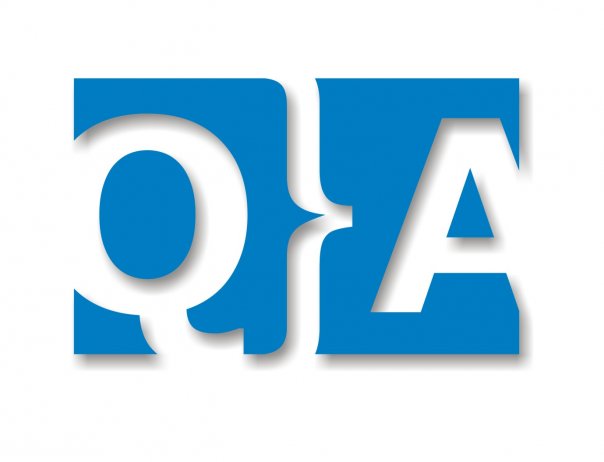Traceability Matrix – A document
showing the relationship between Test Requirements and Test Cases. From
Traceability Matrix, we can check that which requirements are covered in which
test cases and "particular test case covers which requirements".
In this matrix, we can also cover that a particular requirement is covered in
which section of code etc.
In this matrix, the rows will have the requirements. For every document {HLD,
LLD etc}, there will be a separate column. So, in every cell, we need to state,
what section in HLD addresses a particular requirement. Ideally, if every
requirement is addressed in every single document, all the individual cells must
have valid section ids or names filled in. Then we know that every requirement
is addressed. In case of any missing of requirement, we need to go back to the
document and correct it, so that it addressed the requirement.
In a nutshell, requirements traceability is the process of ensuring that one or
more test cases address each requirement.
| Example of a Traceability Matrix document: | ||||
| Req ID | Req Description | TC001 | TC002 | TC003 |
| R1.1 | ……… | Yes | Yes | |
| R1.2 | ………. | Yes | ||
| R2.1 | ……. | Yes | ||
| Example of a Traceability Matrix document: | ||||
| Req ID | Req Description | TC001 | TC002 | TC003 |
| R1.1 | ……… | Yes | Yes | |
| R1.2 | ………. | Yes | ||
| R2.1 | ……. | Yes | ||
Above table shows –
Requirement R1.1 is covered in TC001 and TC003.
R1.2 is covered in TC001.
R2.1 is covered in TC002
Above table also provides the test coverage. Fron Traceability Matrix document,
we can ensure that all the requirements are addressed in the test cases. More
science behind traceability matrix can be found at Software Testing Times (See
below links).
| Source | Description | Tutorial Link |
|
WikiPedia |
Here wikipedia gives a |
|
|
Software Testing Times |
Traceability Matrix from |
|
|
Crosstalk – A Journal of |
Andrew Kannenberg, Garmin |

its very useful…
really its very useful for me.. I learnt lot of thungs from this
useful link